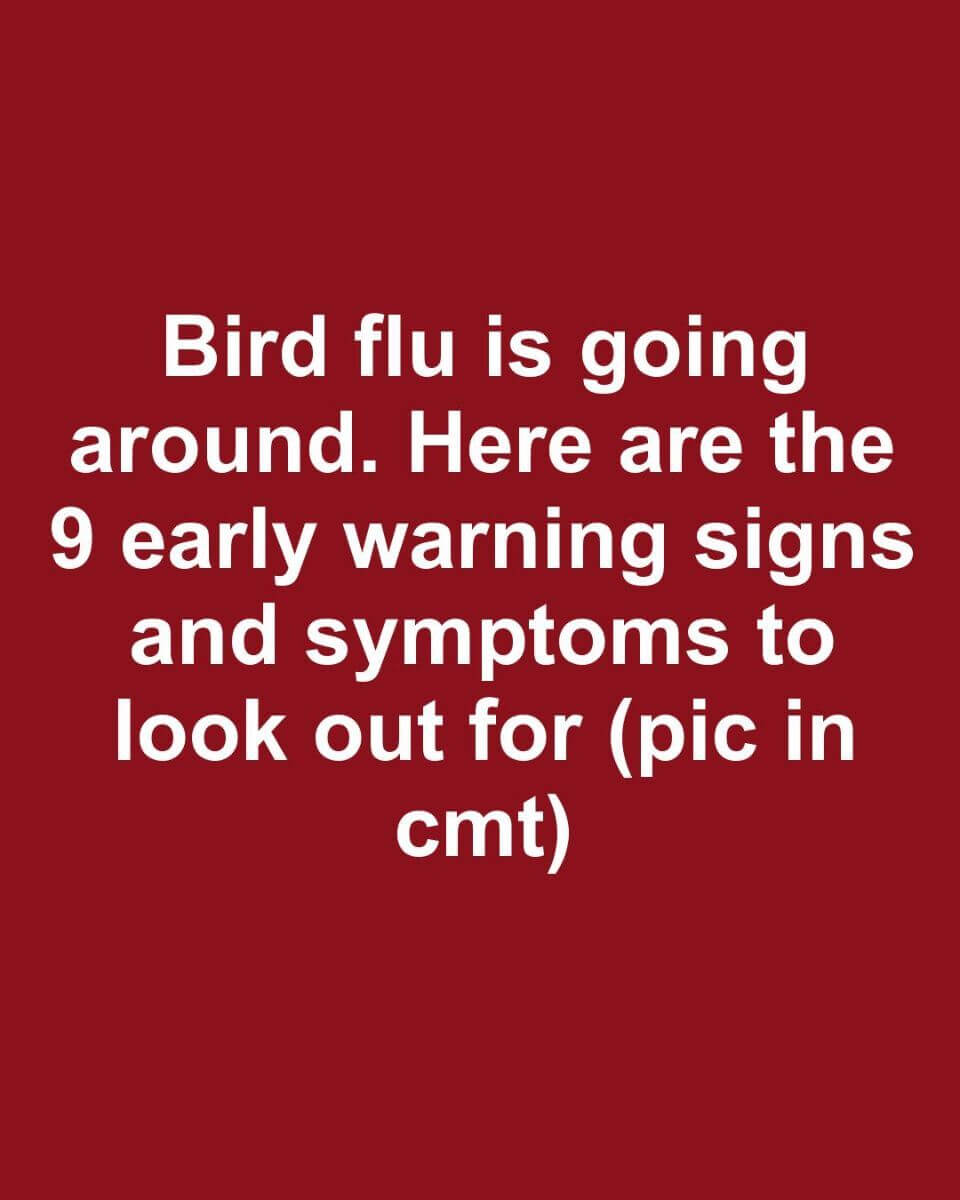Bird flu, or avian influenza, is a virus that primarily affects birds, but it can sometimes infect humans and other animals. Think of it as a family of viruses, some more dangerous than others. Two of the most concerning strains for humans are H5N1 and H7N9, which can cause severe illness. Outbreaks occur worldwide, impacting farmers and businesses since infected flocks are often culled, causing economic losses. Understanding bird flu is crucial because of its potential to spark a large-scale public health crisis.
The virus spreads mainly through direct contact with infected birds or their bodily fluids, including saliva, nasal discharge, and feces. It can also transfer via contaminated objects like bird cages, clothing, or farming equipment. Human-to-human transmission is rare but can occur in close-contact settings. Migratory birds can carry the virus long distances, making containment difficult. Strict hygiene and safety measures in poultry farms and live-bird markets are essential to preventing outbreaks.
Early detection is critical. The sooner doctors recognize bird flu in a person, the better they can treat it and reduce the risk of spreading it to others. Health officials need rapid reporting to implement containment strategies. People who frequently handle birds, such as farmworkers, should know the early warning signs.
Bird flu symptoms in humans range from mild to severe, often resembling seasonal flu. Illness typically develops two to eight days after exposure. Early signs include fever, cough, sore throat, and muscle aches. Severe cases may involve difficulty breathing, gastrointestinal problems, or even neurological complications. Prompt recognition of these symptoms is key to receiving timely medical care.
Respiratory issues are a major red flag. Persistent coughing, chest pain, or breathing difficulties could indicate infection. In severe cases, the virus can cause pneumonia or acute respiratory distress syndrome (ARDS), both of which require immediate treatment. Anyone with these symptoms, especially after exposure to birds, should seek medical attention immediately.
Gastrointestinal symptoms, though less common, can include nausea, vomiting, diarrhea, and stomach pain, potentially leading to dehydration. Experiencing these along with flu-like symptoms warrants urgent medical consultation.
Rarely, bird flu can affect the brain and nervous system, causing confusion, seizures, or behavioral changes. These serious symptoms require emergency care to prevent long-term health consequences.
Fever is one of the most common indicators of bird flu, often accompanied by extreme fatigue. A sudden, high fever in someone who has been around birds should raise concern. Fatigue may persist even after other symptoms subside, so monitoring temperature and energy levels is vital for early detection.
Muscle aches and joint pain are also typical and can make everyday activities challenging. Recognizing these along with other flu-like symptoms can help healthcare providers differentiate bird flu from other respiratory infections.
Certain factors increase the likelihood of contracting bird flu. These include handling sick birds, visiting live-bird markets, or working on poultry farms. Vulnerable groups such as young children, pregnant women, and individuals with weakened immune systems are at higher risk for severe illness. Awareness of these risk factors is crucial for taking preventive action.
Immediate medical attention is essential if bird flu symptoms appear, particularly after known exposure. Early treatment can prevent serious complications and improve recovery. Severe breathing difficulties, high fever, or neurological issues require emergency care. Medical professionals can run tests to confirm infection and initiate proper treatment.
Preventing bird flu relies on personal hygiene and strict safety protocols on farms and markets. Avoid contact with sick birds, wash hands frequently, and use protective equipment when handling poultry. Vaccinating chickens and monitoring bird populations help control outbreaks. Public health education is also key to raising awareness about prevention.
Bird flu remains a significant health threat because of its potential severity and rapid spread. Recognizing early symptoms, understanding transmission routes, and implementing preventive measures can help protect individuals and communities. Vigilance and preparedness are essential to managing the risks of avian influenza.
